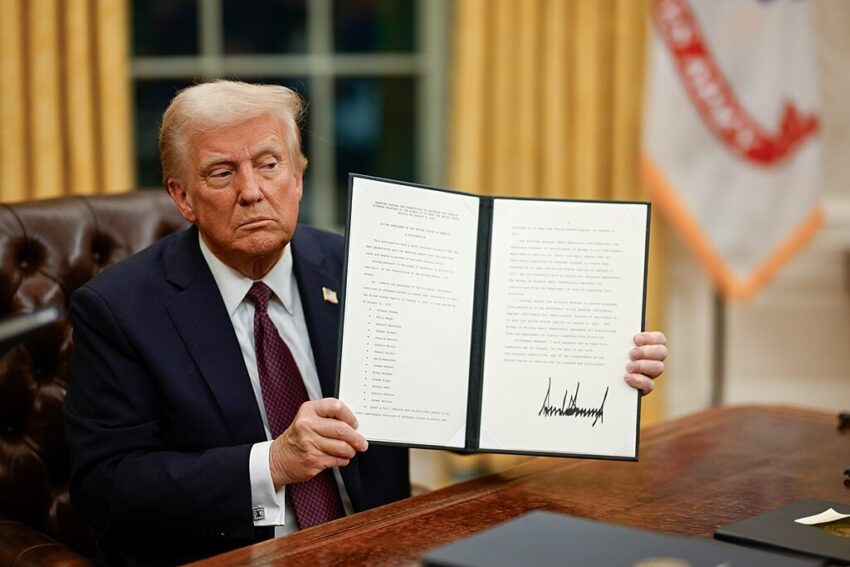The main opposition, the Constitutional Democratic Party, improved its position, winning 22 seats. Analysts suggest that Ishiba's leadership has failed to resonate with conservative constituents, many of whom believe he lacks the nationalistic zeal associated with his predecessor, Shinzo Abe. Voter frustration is tied to the cost of living, political scandals, and Ishiba's perceived inability to inspire confidence amid pressing economic challenges. Notably, candidates from the far-right Sanseito party are gaining traction, leveraging anti-immigration rhetoric and conspiracy theories to attract conservative voters.
The rising popularity of the Sanseito party—culminating in a substantial gain of 14 seats compared to just one in the prior election—reflects growing isolationist sentiments among a segment of Japan's electorate. As political dynamics shift, any leadership change within the LDP could lead to further instability during a critical phase in US-Japan trade negotiations, complicating Ishiba's efforts to address Japan's economic and social dilemmas. The political field remains dynamic, with potential challengers already signaling their intention to vie for leadership, making the coming months crucial for Ishiba and his coalition.
The rising popularity of the Sanseito party—culminating in a substantial gain of 14 seats compared to just one in the prior election—reflects growing isolationist sentiments among a segment of Japan's electorate. As political dynamics shift, any leadership change within the LDP could lead to further instability during a critical phase in US-Japan trade negotiations, complicating Ishiba's efforts to address Japan's economic and social dilemmas. The political field remains dynamic, with potential challengers already signaling their intention to vie for leadership, making the coming months crucial for Ishiba and his coalition.





















